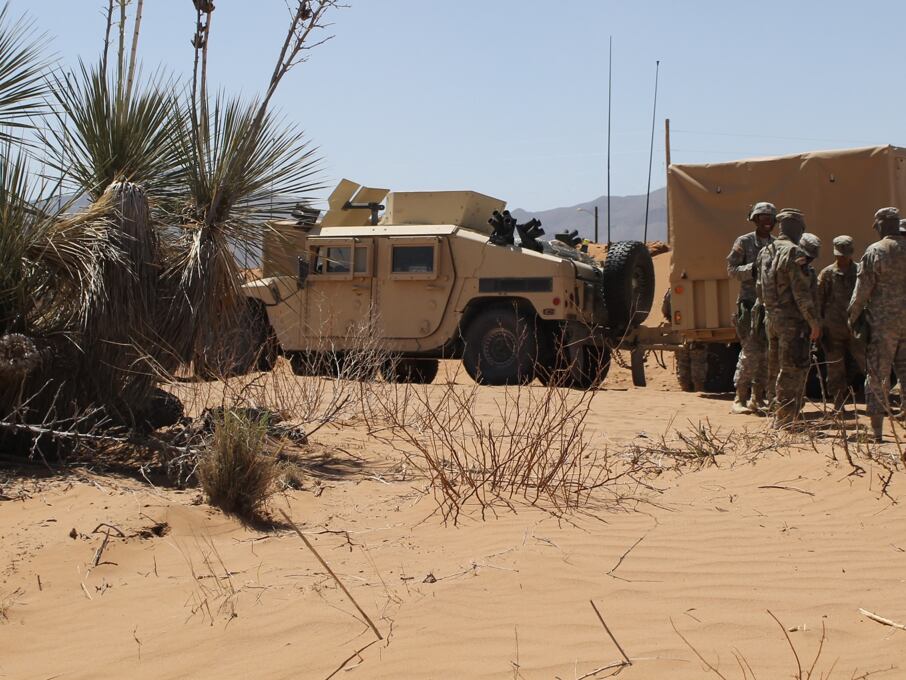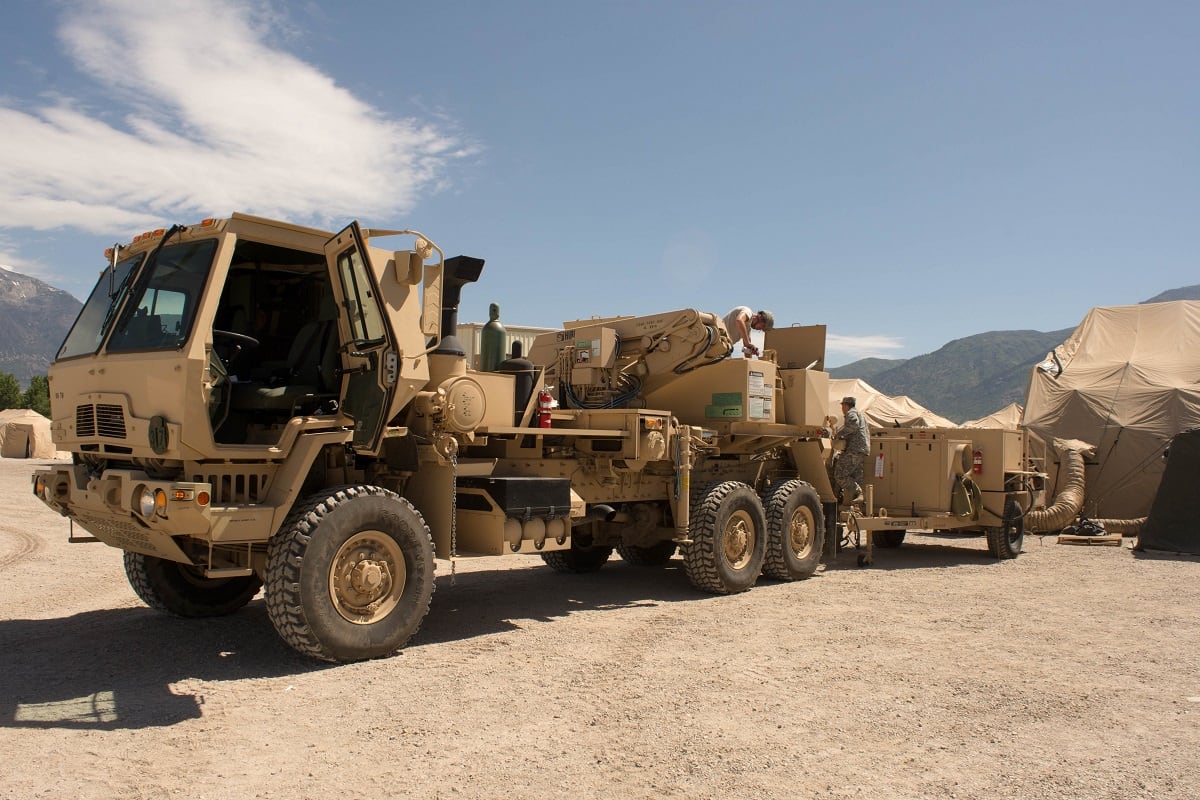After 17 years of war, Army leaders have learned they need to take think harder about the maintenance and sustainment of the equipment they ship out for urgent needs.
During the Iraq and Afghanistan wars, the Army began to quickly send out equipment to head off challenges. One prominent example was roadside improvised explosive devices.
“I helped play a big role with [then] Sec. [of Defense Robert] Gates establishing the [Mine Resistant Ambush Protection] program,” Undersecretary of the Army Ryan McCarthy said at the AUSA Global Force Symposium in Huntsville, Alabama March 26.
RELATED

With soldiers dying daily at the hands of IEDs, “sustainment was not even a question, McCarthy said. “It was all about speed and he didn’t care what it costs.”
With several organizations now focused on rapid capability development in the Army, including the Rapid Equipping Force and the Rapid Capabilities Office, McCarthy said the service needs to make sure whatever these organizations procure, there must be a determination of whether they become a program of record or not.
The Army today has over 800 programs, which becomes unruly to manage, he said.
“How do you sustain that? How do you afford that,” he asked. “We’re looking at how we fuse those pieces together … Are they investing money? Are they investing against the chief’s priorities?”
McCarthy added that the Army needs to show discipline so that whatever it buys, that new technology can be turned into a program of record and survive if leadership believes the solution should be a long-term capability.
These choices are necessary at the outset because over the last 17 years of war, the Army accumulated a lot of capability. This is all “very expensive and it just drags down our balance sheet,” McCarthy said.
Mark Pomerleau is a reporter for C4ISRNET, covering information warfare and cyberspace.








